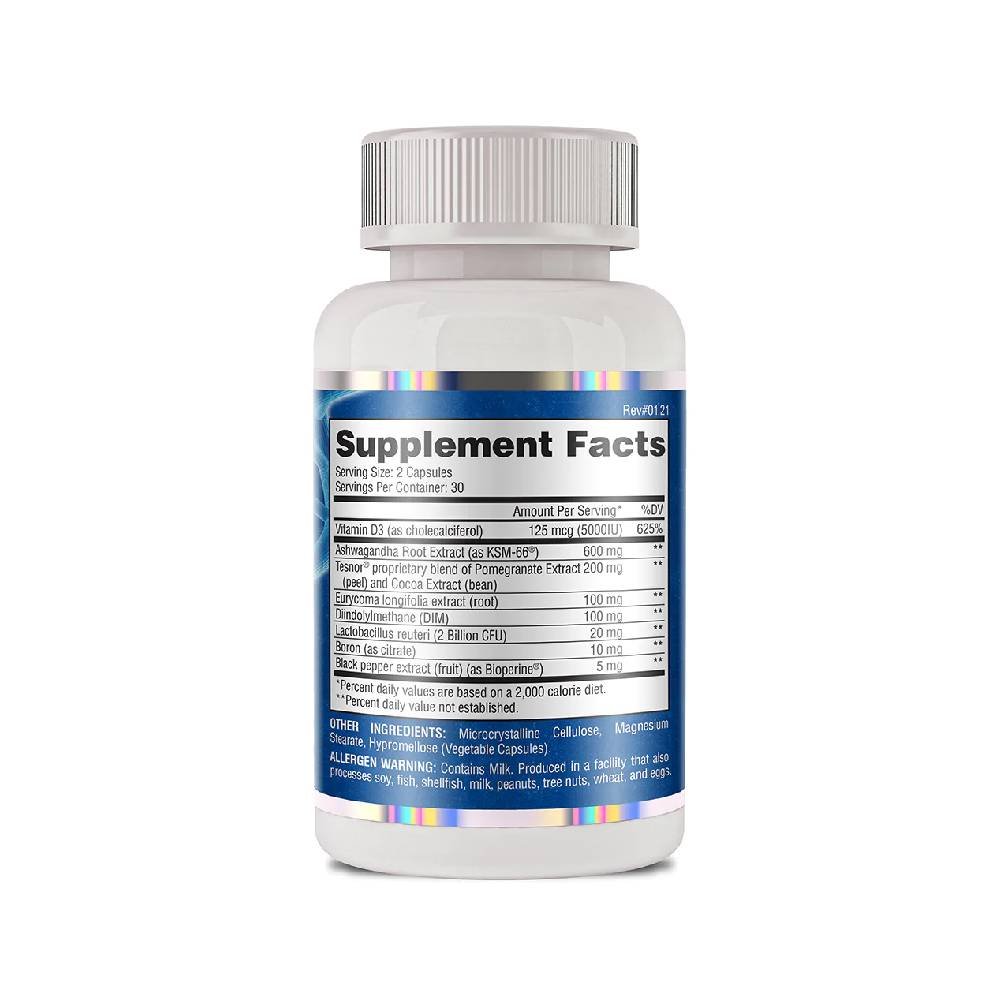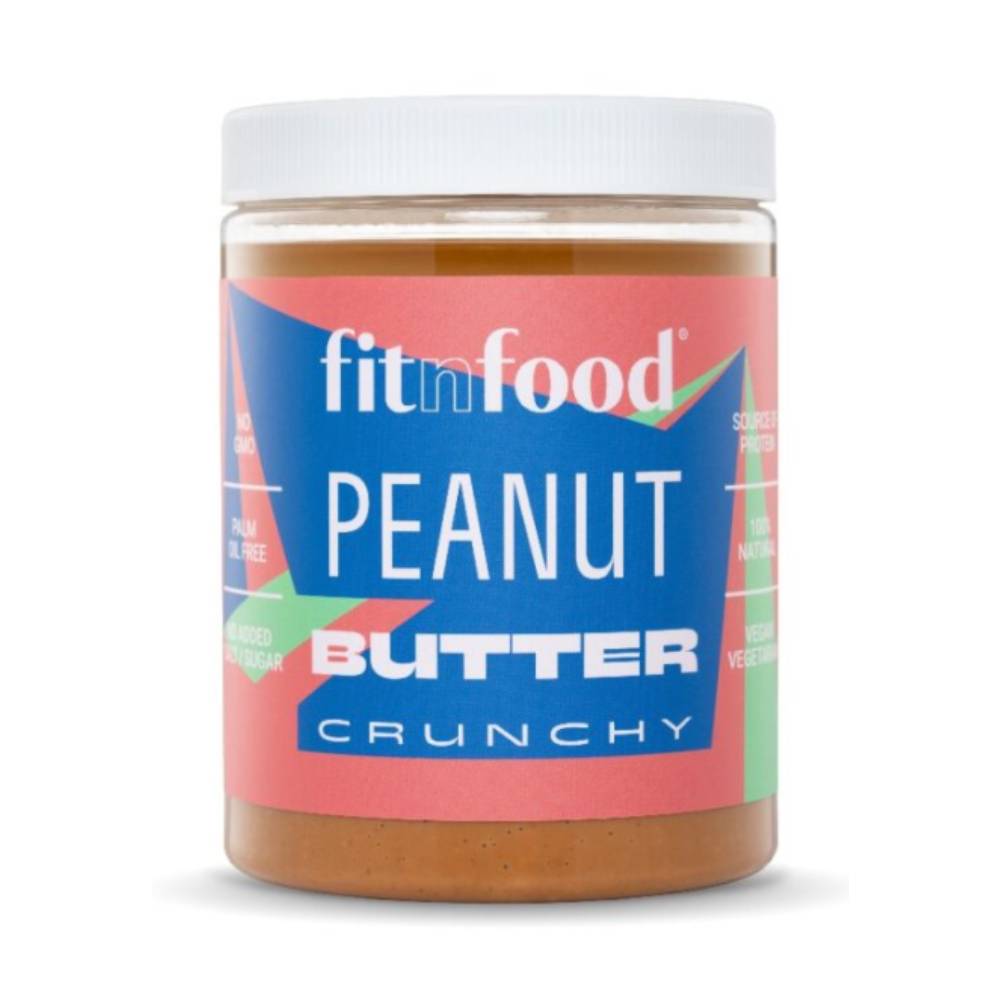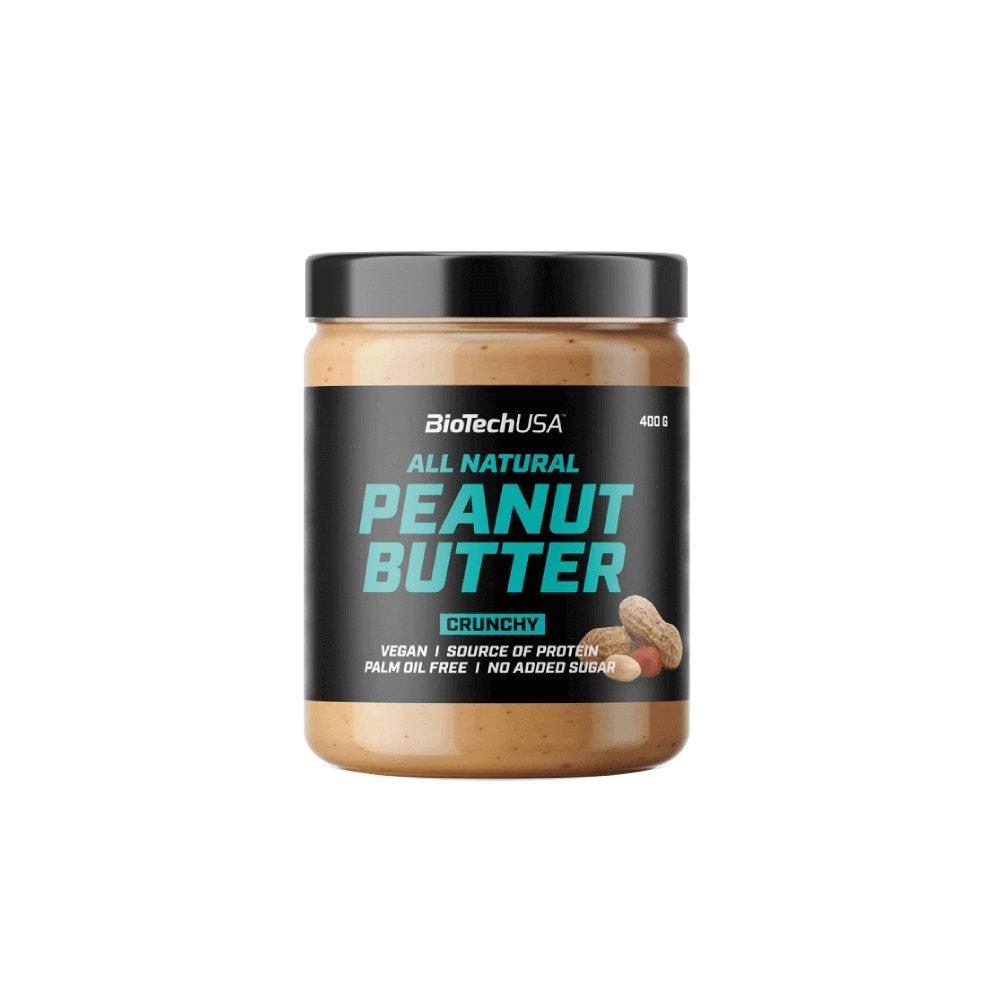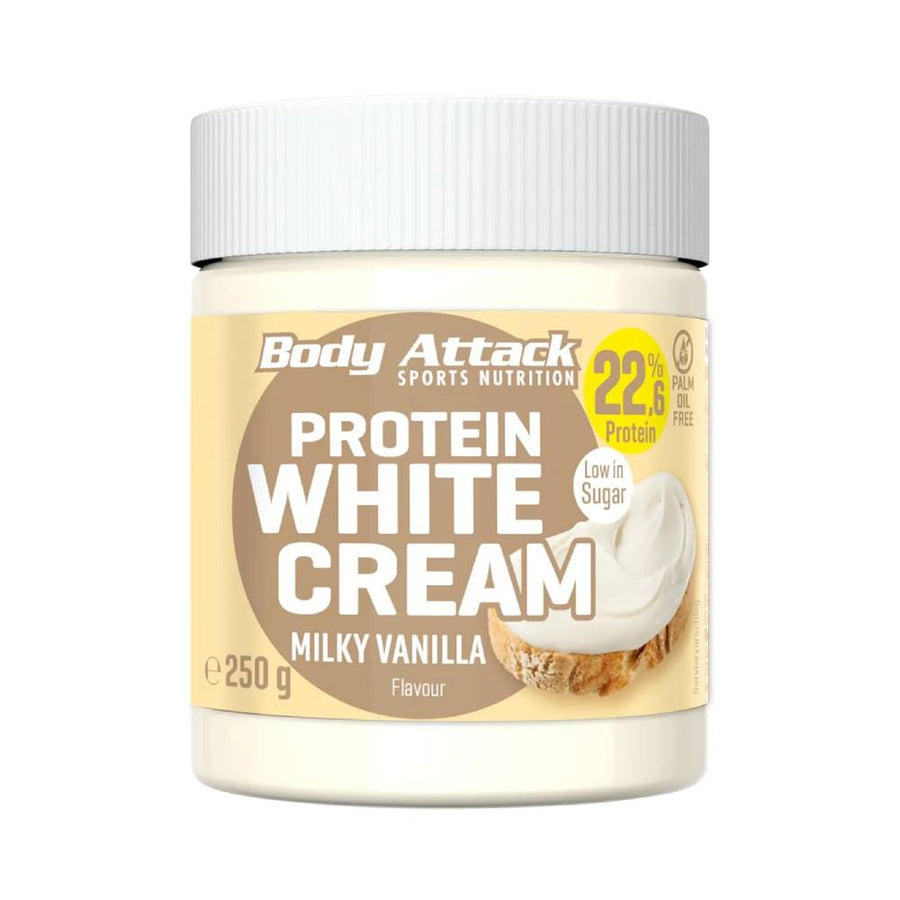2. Protein bars - what other healthy and delicious recipes can you opt for?
Protein sticks are an easy-to-prepare and extremely versatile dish. They can be served by both children and adults, due to their healthy and satisfying nature. Being rich in protein and fiber, sticks are ideal for supporting the nutritional needs of the whole family. They can be used in various ways in the kitchen, whether as healthy substitutes for traditional bread in sandwiches and wraps, or as a base for pizza or tacos. Protein sticks are also flexible and can adapt to various diets, such as vegetarian or gluten-free, offering varied options for all dietary preferences and needs. Thus, carefully prepared sticks at home not only enrich the diversity of the menu, but also contribute to maintaining a healthy and balanced lifestyle for the whole family.
2.1. Vegetarian pitas
To turn your protein pita recipe into a delicious and healthy version that's suitable for a vegetarian diet, you'll need to make a few adjustments and add a few ingredients to enhance the flavor. Replace the Greek yogurt with soy or almond yogurt to create a plant-based base. These alternatives are not only high in protein, but they also add a slightly sweet note that complements the flavor of the pita.
For a special taste, you can add flax or chia seeds to the dough to add extra texture and essential nutrients. For a touch of freshness and intense flavor, you can sprinkle sesame or cumin seeds on top of the pita bread before putting them in the oven. These ingredients will create a slightly crispy crust and perfectly complement the flavor of the pita bread.
Opt for a good quality olive oil to enhance the flavors and give the pita a softer, more flavorful texture. By following these simple changes, you can transform the classic protein pita recipe into an appealing and vegetarian-friendly version without compromising on taste or texture. This way, your pita will be not only healthy and nutritious, but also full of flavor, perfect to be enjoyed with various fillings or as a delicious snack on its own.
2.2. Gluten-free pasta
If you want to make gluten-free pita bread from the protein recipe, it's very easy. Replace the whole wheat flour with brown rice flour or gluten-free flour blends, such as rice flour, corn flour, or almond flour. Make sure you choose a flour combination that provides a suitable texture and is not too dense. Use certified gluten-free or home-milled oat flour to avoid gluten contamination. This is a great option for adding fiber and a soft texture to your gluten-free pita bread.
To ensure the dough holds together and avoid drying out, you can add a binding agent such as xanthan gum or guar gum. These ingredients will help improve the texture and maintain the elasticity of the dough. To avoid any risk of gluten contamination, make sure that all ingredients used are certified gluten-free and that utensils and work surfaces are clean and gluten-free.
To enhance the taste and nutrition of your gluten-free pita bread, you can include chia or flax seeds in the dough, which provide essential omega-3s, fiber, and protein. Sesame or poppy seeds are also great options. Otherwise, follow the same steps from the original recipe for preparing and baking the pita bread. These adjustments will ensure that your gluten-free pita bread is tasty, healthy, and suitable for anyone who wants to avoid gluten.







































